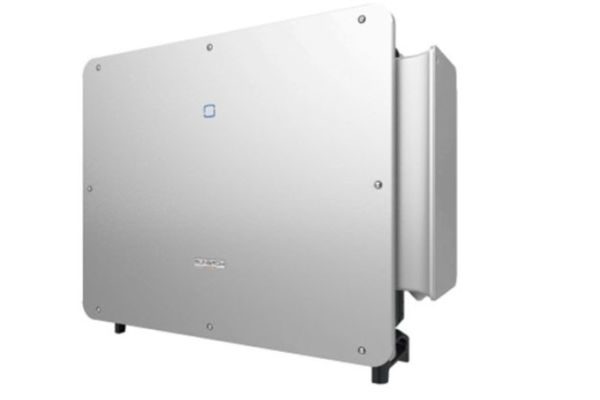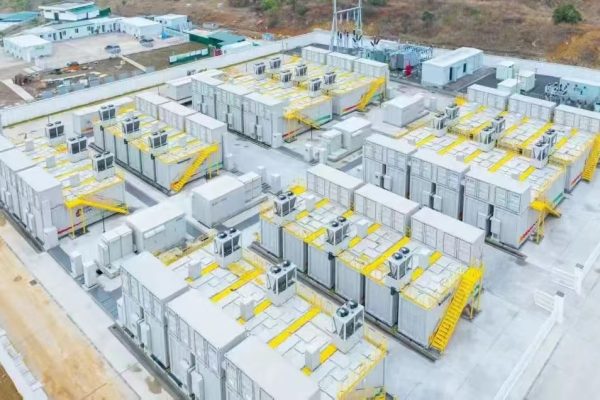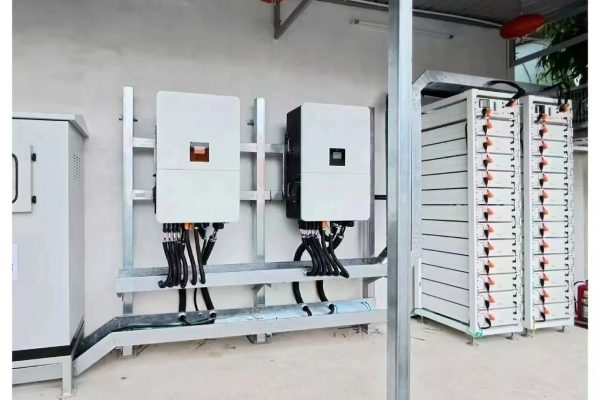How to Identify, Prevent, and Resolve Problems for Long-Term Reliability
1. Why Warranties Matter in PV + Storage Cabinets
A PV + storage cabinet—often integrating solar inverters, batteries, charge controllers, and protective devices—can be a powerful, compact solution for residential, commercial, and even industrial applications. However, like any integrated energy system, it is only as reliable as its weakest component.
Warranty issues don’t just cost money—they cause downtime, reduce customer confidence, and can lead to disputes between buyers, sellers, and manufacturers.
This guide will explore the most common warranty issues in PV + storage cabinets, what causes them, and how to prevent or resolve them before they escalate.
2. What’s Inside a Typical PV + Storage Cabinet
A standard cabinet may include:
- PV inverter(s) – DC to AC conversion
- Battery modules or packs – often LiFePO₄ or NMC
- Battery Management System (BMS) – protects cells from over/under voltage, current, and temperature extremes
- Energy management controller – coordinates solar, grid, and battery flow
- Switchgear & breakers – safety and maintenance isolation
- Cooling or ventilation system – maintains operating temperature
- Communication modules – remote monitoring and firmware updates
Each component has its own warranty terms—meaning multiple manufacturers may be involved when issues arise.
3. Common Warranty Issues and Their Causes
3.1 Battery Degradation Beyond Specification
- Cause: Excessive cycling, poor temperature control, or incorrect charging profiles.
- Impact: Reduced capacity earlier than warranty coverage expects.
- Prevention: Ensure BMS settings match battery chemistry and that ventilation or cooling is adequate.
3.2 Inverter Failure or Intermittent Shutdowns
- Cause: Overvoltage from PV array, grid fluctuations, poor ventilation, or firmware bugs.
- Impact: Loss of solar production and battery charging capability.
- Prevention: Proper array sizing, surge protection, and timely firmware updates.
3.3 Communication Module Malfunction
- Cause: Moisture ingress, unstable firmware, or hardware defects.
- Impact: Loss of remote monitoring, making diagnosis harder.
- Prevention: Use sealed enclosures for communication boards and ensure stable network connections.
3.4 Cabinet Overheating or Cooling Failure
- Cause: Fan failure, blocked vents, or undersized cooling system.
- Impact: Component derating, shutdowns, or accelerated wear.
- Prevention: Schedule periodic filter cleaning and check fan operation during maintenance visits.
3.5 Loose Electrical Connections
- Cause: Vibration during transport, improper installation torque, or thermal expansion.
- Impact: Arcing, component damage, or safety hazards.
- Prevention: Use torque tools during installation and recheck connections during servicing.
3.6 Water or Dust Ingress
- Cause: Compromised seals or improper outdoor placement.
- Impact: Short circuits, corrosion, and warranty voiding.
- Prevention: Verify IP rating suitability and inspect seals after shipping and installation.
4. Warranty Terms That Commonly Cause Disputes
4.1 Definition of “Normal Use”
Some warranties only cover equipment under “normal” environmental conditions—high humidity, dust, or extreme temperatures can void coverage.
4.2 Exclusions for Improper Installation
If installation did not follow manufacturer guidelines, claims may be denied—even if the component itself was faulty.
4.3 Coverage Period Differences
- Batteries: often 5–10 years
- Inverters: 3–10 years
- Cooling fans: sometimes only 1–2 years
If the cabinet integrates multiple products, the shortest warranty may dictate coverage for that part.
4.4 Shipping and Inspection Requirements
Some warranties require inspection upon delivery, with claims submitted within a limited window for shipping damage.
5. Best Practices to Reduce Warranty Risk
5.1 During Purchase
- Request a component-level warranty breakdown from the supplier.
- Ask for local service center availability or approved repair partners.
- Clarify who owns the warranty responsibility—the cabinet integrator or each component manufacturer.
5.2 During Installation
- Follow the manufacturer’s installation manual exactly.
- Take photos during installation to document compliance.
- Record torque values for all major electrical connections.
5.3 During Operation
- Keep firmware and monitoring systems up to date.
- Perform scheduled maintenance, with logs kept for proof.
- Immediately address alarms or abnormal readings before they cause bigger failures.
6. How to Handle a Warranty Claim Efficiently
- Document the issue with photos, error logs, and a detailed incident report.
- Check warranty coverage to confirm it applies to the fault.
- Contact the right party—component maker or system integrator.
- Follow the claim process exactly, including forms, return material authorization (RMA), and shipping instructions.
- Track timelines—some replacements take weeks; plan backup power if needed.
7. Real-World Example – Battery Warranty Denial
A small commercial site reported early capacity loss in its LiFePO₄ battery bank. The manufacturer denied the claim after BMS logs showed several overtemperature events above 60°C—caused by a failed cabinet cooling fan. The cooling system had a 2-year warranty, but the batteries had 8 years. Because the batteries degraded from an excluded cause, no replacement was provided.
Lesson: Protect every subsystem, not just the most expensive components.
8. Warranty Awareness Protects Your Investment
PV + storage cabinets offer a compact, efficient, and scalable solution, but their multi-component nature makes warranty management more complex than with standalone devices. By understanding common failure points, warranty limitations, and preventive maintenance practices, you can extend system life, reduce downtime, and avoid unpleasant surprises in the claim process.
In short: Choose reputable suppliers, follow best practices, and keep detailed records—your warranty is only as strong as your documentation.









